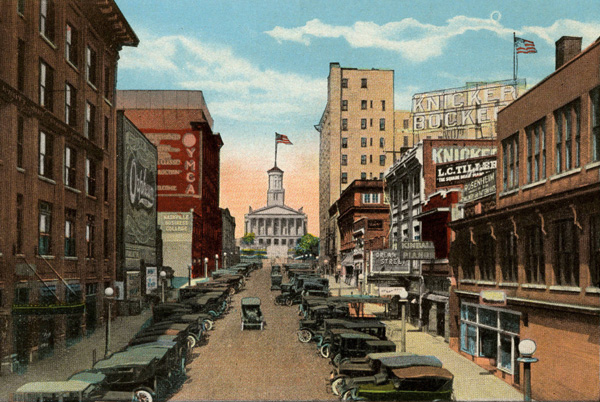There’s a lot of focus here on how much credit Stan deserves for the creation of Marvel’s heroes, and most of the evidence suggests the answer is “not much”. There’s no denying Stan took any credit he could. It’s his voice we hear in the dialogue of characters drawn by artists like Jack Kirby and Steve Ditko, and it’s his voice in the 60s Bullpen Bulletins and letters pages. That voice, and the personality to which it was attached, drowned out all the others, and even folks who knew better came to believe everything it had to say. Stan’s run of creative failures post-Marvel Age prove that he wasn’t the fount of creativity he claimed to be. He was the perfect pitchman, though, and the transformation of Stanley Martin Lieber into Stan Lee stands as his purest creation. The details of his last years—plagued by hangers on and criminals looking to cash in on his name—reads like one of the O. Henry-esque stories Lee produced with Kirby and Ditko in the lean years prior to the publication of Fantastic Four #1. He was a victim of his own success, but also that of his collaborators. Whether he paid an appropriate price is up to you.





